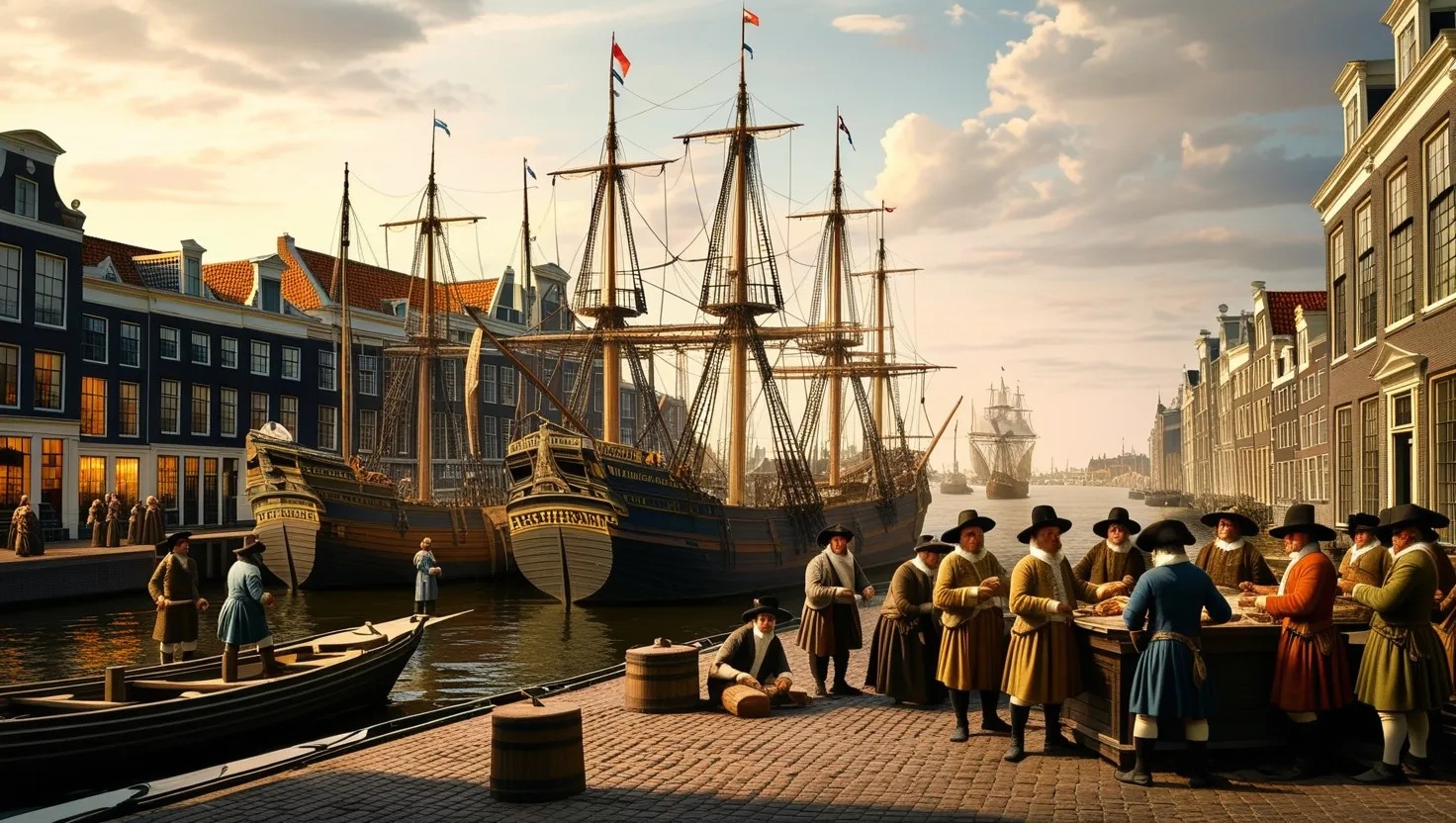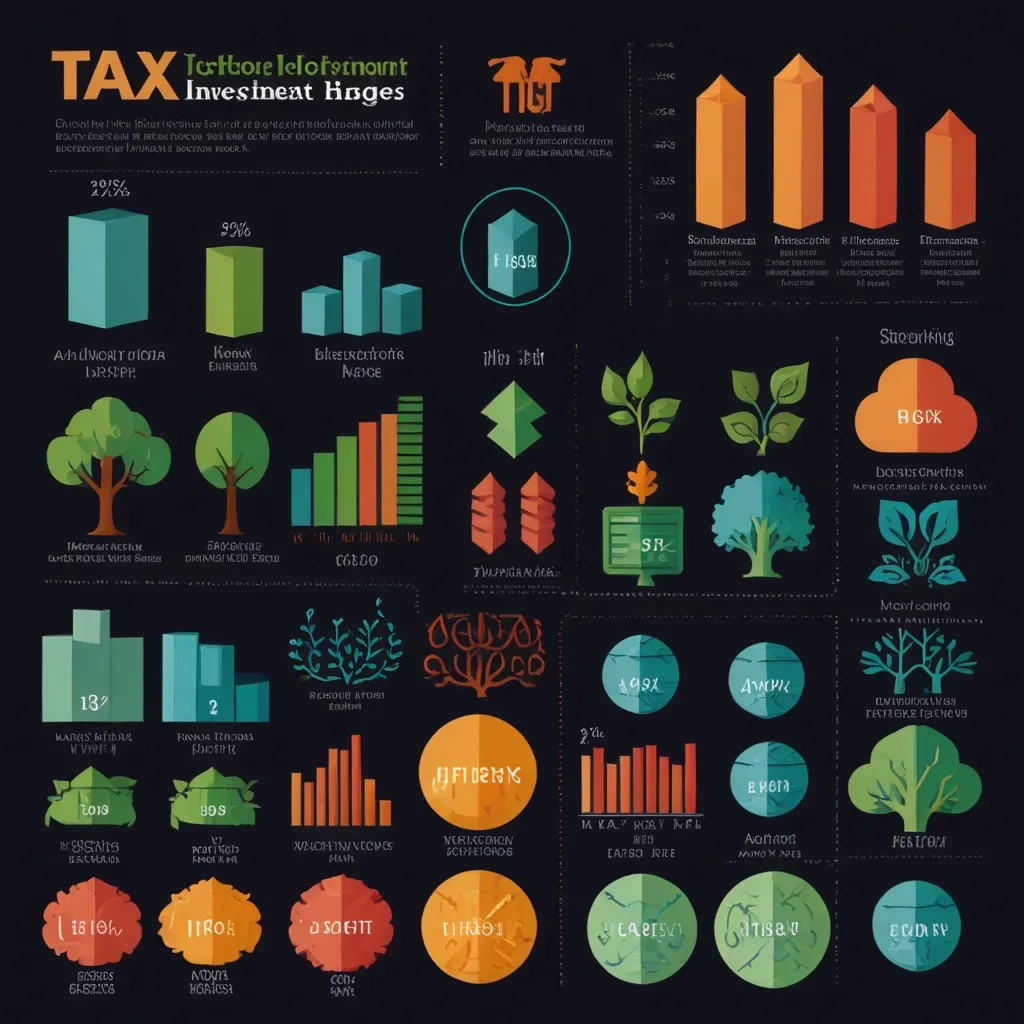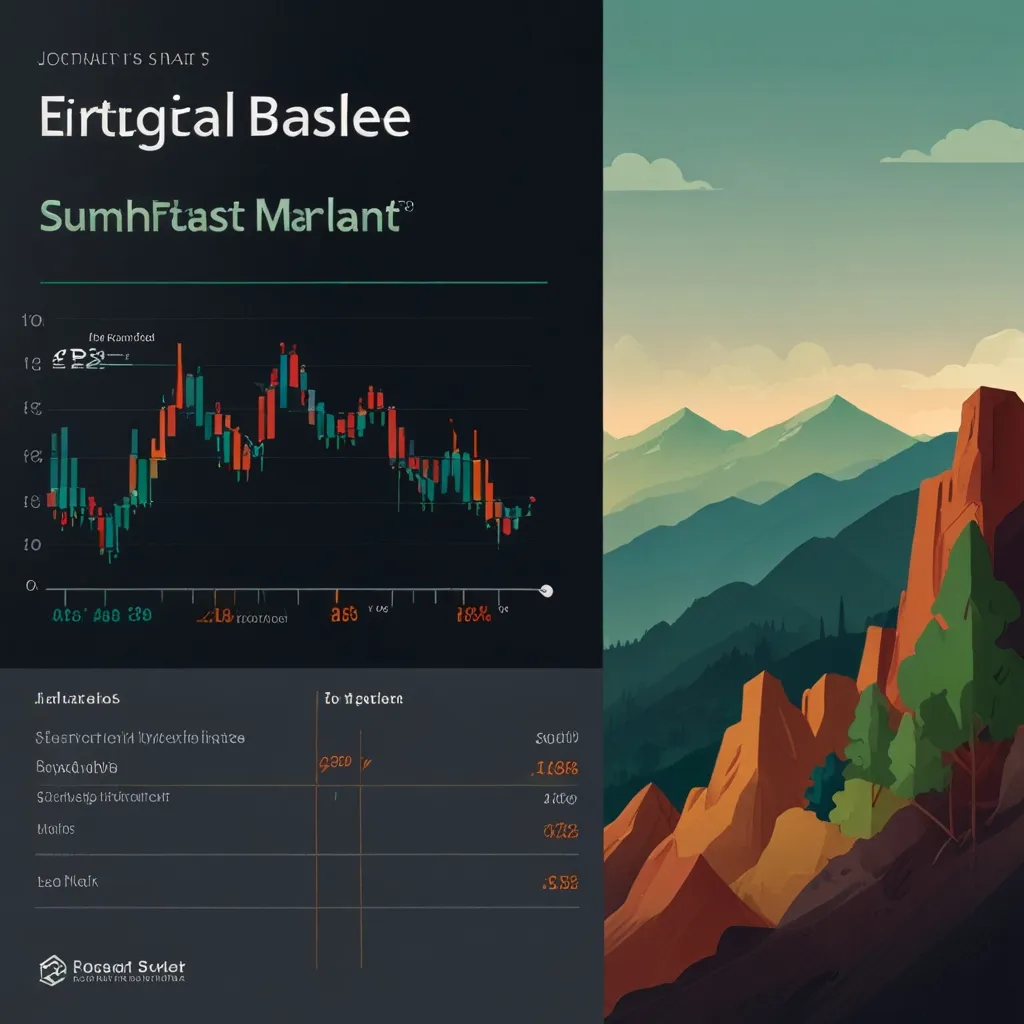If you picture Amsterdam in the early 1600s, you’re looking at storefronts crowded with spices from Indonesia, ships creaking in the harbor, and merchants haggling in languages from around the globe. What few would notice, though, is the quiet revolution happening at the heart of this city: the creation of the world’s first official stock market. The Amsterdam Stock Exchange didn’t just change how people invested; it fundamentally rewired how economies could grow, how businesses raised money, and how ordinary people could participate in shared wealth.
Imagine living in a world where only a handful of ultra-wealthy families, monarchs, or guilds could fund major ventures. Risk was concentrated, and fortunes could be wiped out with a single lost ship. But in 1602, the Dutch East India Company (VOC) began to do something different. For the first time, thousands of people—shopkeepers, bakers, even butchers—could pool small amounts of money into what was effectively a mega-project: launching fleets to distant Asia. In exchange, they got tradable shares they could sell to others if they wanted out, or buy more if their hunch told them fortune was on the horizon.
“What we learn from history is that people don’t learn from history.” — Warren Buffett
Much like today’s tech IPOs, this move made the VOC’s voyages not just a private bet but a public spectacle. If you think the risks were mild, consider this: up to one in ten ships were lost for good, and even those that made it home returned with only a fraction of their crew. Investing wasn’t a casual thing—it was gambling on the edge of the world. Yet, the structure allowed for profit-sharing and, critically, the chance to jump in or out based on daily prices, something we take totally for granted today.
Here’s what blows my mind: nearly every “modern” stock market feature traces its roots straight back to Amsterdam. Secondary trading, where you could sell your shares to someone else, didn’t just create liquidity—it allowed capital to keep flowing and be recycled to new ventures. Spot price discovery, options contracts to hedge wild price swings, early short-selling, and public price lists all grew out of this bustling ecosystem. Newspapers began to print daily prices, making what was happening behind closed doors available to anyone with a few coins for a copy. Ordinary people could, for better and for worse, keep tabs on their fortunes by glancing at a list tacked up in a tavern.
Ask yourself: How different would your financial life be if you had no idea what your assets were worth from day to day? Would you dare to risk as much?
The birth of short selling, where traders could bet on the decline of a company’s fortunes, caused controversy immediately. Is it sabotage, or is it just realism? Famously, by 1609, Amsterdam already had market players using options and forwards—not just to gamble, but to manage risks tied up in things like the unpredictable return dates of cargo ships, or wild seasonal swings in commodity prices. Such early contracts, often scrawled on bits of paper in coffee shops, marked the DNA of today’s financial derivatives.
“Speculation is as old as commerce itself.” — Charles Mackay
The market quickly discovered that freedom without boundaries could create havoc. The 1637 tulip mania, where prices for exotic bulbs soared and then collapsed, wasn’t just a botanical curiosity—it was a warning bell. For the first time, a mass of people learned that prices could sail far beyond the value of the underlying asset, swept up by collective belief and greed. Tulip mania didn’t wreck the Dutch economy as much as some dramatic tales say, but it did inspire new thinking about regulation, transparency, and the dangers of groupthink.
This was also the dawn of monitoring insider behavior. Early rules pushed companies to be more open about their accounts. Why? People saw firsthand how much damage hidden deals and privileged information could inflict. The idea of separating ownership from day-to-day management—what we call the joint-stock principle—also gathered strength. Today, this pattern is everywhere: you buy a share in a company, but the managers do the running, ideally in your best interest.
Do you ever stop to think about just how radical it was that ordinary people, not just kings or guilds, could take a real stake in world-changing enterprises?
Amsterdam didn’t just spawn new financial tools; it also created the world’s first investor culture. Taverns became information exchanges. Gossip, rumor, and fact fought for attention as traders sought the tiniest edge. Women also participated—though less visibly than men, records show widows investing in VOC shares, sometimes safeguarding family fortunes. Even religious and charity organizations soon realized that owning stocks could fund social good, making investment culture sprawl far beyond pure profit-chasing.
With all this trading came problems we still wrestle with today. Market manipulation and rumors could spark panic. Leverage—borrowing to buy more shares than you could afford—amplified both gains and losses. The need for regulation was immediate, but authorities walked a fine line: clamp down too hard, and you kill innovation; look away, and chaos reigns.
“In the business world, the rearview mirror is always clearer than the windshield.” — Warren Buffett
When the building housing the Amsterdam Exchange was nearly destroyed during the Eighty Years’ War, the city realized just how entwined economic survival was with this new kind of marketplace. Legend has it that an orphan boy saved the exchange from a Spanish bomb plot, an act celebrated because it really meant saving the city’s financial future. The social fabric of Amsterdam was now bound together by both war and commerce.
Over time, these lessons hardened into habits. Three principles quietly moved from practical fixes to tenets that run all modern capital markets. Liquidity—having a place to sell or buy at any time—makes it possible to commit for the long haul. Transparency, through regular reporting and public price information, deters manipulation and builds confidence among strangers. Diversification spreads the risk: if one venture fails, your entire nest egg isn’t lost.
Now, jump ahead several centuries. Amsterdam’s market DNA is everywhere, whether it’s Wall Street, London, or Tokyo. What would those early Dutch traders make of today’s world, where algorithms execute trades in microseconds, news flashes spark global sell-offs, and social media can whip up investment frenzies overnight?
I keep wondering: How much have we really changed? Modern IPO booms, whether for internet stocks or electric cars, repeat the drama and hype of early public flotations—just at a new scale. The flash-crashes and sudden rebounds of today’s market would appear strange and recognizable all at once to those 17th-century pioneers, who also saw fortunes made and lost in a single morning, sometimes on little more than rumor or hope.
At heart, the modern investor faces a similar balancing act: technology can process data faster and connect millions of people, but human psychology hasn’t evolved nearly as quickly. Fear and greed, rumor and insight—they pulse through every boom and bust. Regulations are constantly updated to keep up with innovation, but the core tension remains: how do we foster the risk-taking that drives progress, while preventing the kind of excess that can spark collapse?
Do we truly appreciate that every time we click “buy” or “sell,” or scroll past a stock quote on our phone, we’re echoing decisions made on a wooden bench in Amsterdam, four hundred years ago?
For me, the most fascinating and humbling part of this story is realizing how many ordinary lives the stock exchange has touched—not just titans of finance, but the families whose savings powered trade, the small business owners who diversified their stakes, or the workers whose pensions were invested long before retirement funds became household words. This grand experiment—making capital markets open, vibrant, and public—made prosperity scalable. It let ideas and ambitions outgrow individual lifespans.
“An investment in knowledge pays the best interest.” — Benjamin Franklin
Thinking back, it’s clear that the Amsterdam Stock Exchange didn’t just invent a technical solution for raising big sums of money. It proved that entire societies could mobilize creativity, absorb shocks, and share the upside of risky ventures on a massive scale. From the VOC to global giants of today, the principles born here remain surprisingly fresh—liquidity for confidence, transparency for trust, and diversification for resilience.
When you make your next investment, pause for a second and consider this: you’re not just participating in a system, you’re taking part in a living tradition shaped by centuries of trial, failure, and ingenious risk-sharing. The market is not just a place of numbers, but of stories, hopes, and, sometimes, warnings. So next time you read a headline about a boom or bust, spare a thought for those long-ago merchants who built a world where investing could mean a better future—not just for themselves, but for entire generations.






